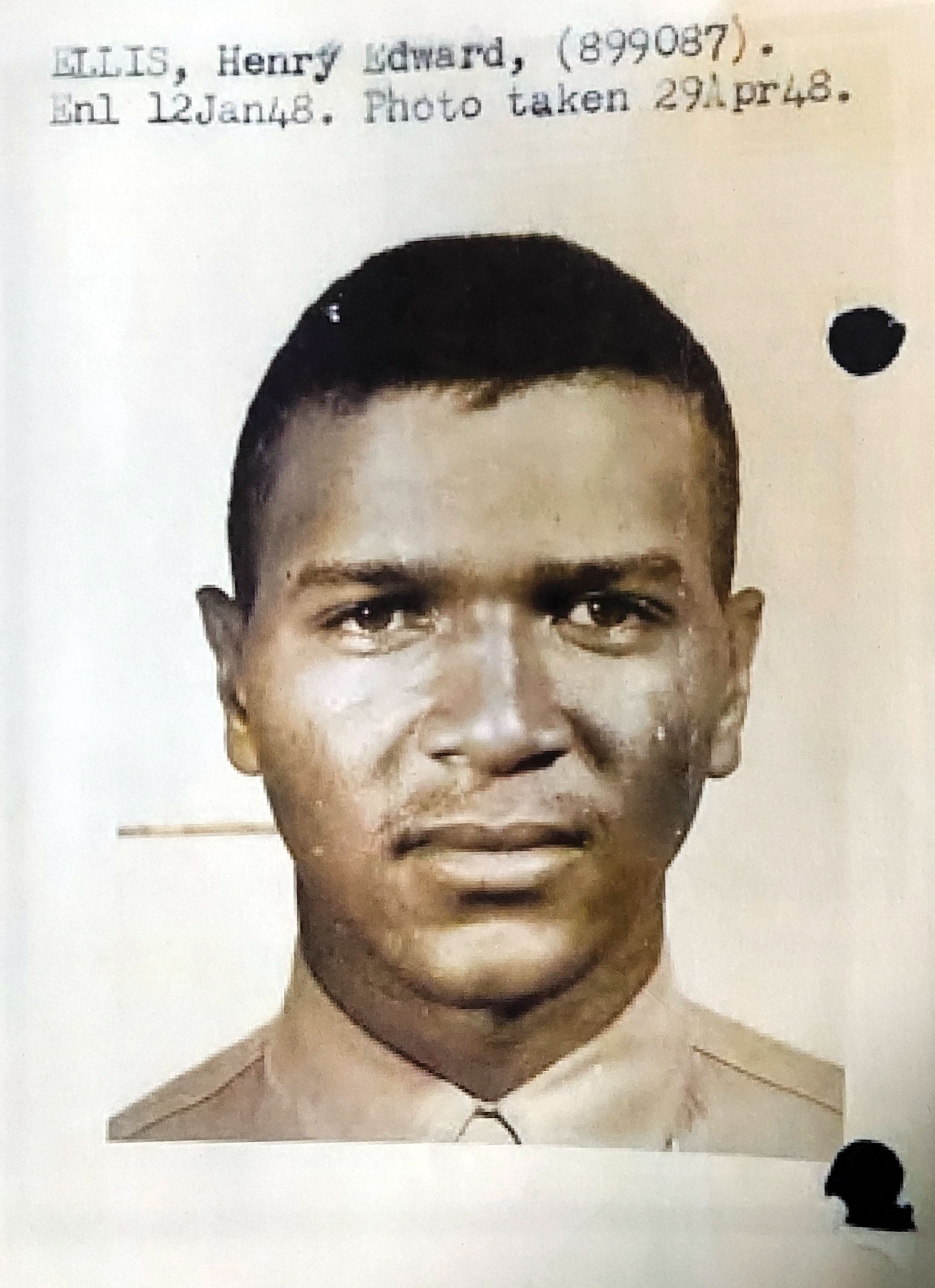Governor orders flags to half-staff Monday for Salisbury veteran
Published 2:26 pm Friday, August 20, 2021

- Submitted photo - A 1948 service photo of Pfc. Henry Ellis.
SALISBURY — Gov. Roy Cooper on Friday ordered American and North Carolina flags at state facilities to be flown at half-staff Monday to honor a Salisbury veteran.
Salisbury native Henry E. Ellis, 22, was killed on Nov. 30, 1950, in what’s now North Korea. For about 70 years, he was listed as killed in action, but the whereabouts of his remains were unknown.
A renewed effort to identify remains labeled X-13631 started in 2012. Eight years later, on Sept. 29, 2020, a Department of Defense medical examiner labeled those remains as belonging to Ellis, who spent the first 14 years of his life in Salisbury. A procession escorted Ellis’ remains back to Salisbury on Friday.
Ellis will lie in state Sunday from 1 p.m. to 3 p.m. at Noble and Kelsey Funeral Home’s chapel in Salisbury. A funeral service with full military honors will be 1 p.m. Monday at the Salisbury National Cemetery annex on the campus of the Salisbury VA.
“Private First Class Ellis fought selflessly for this country and gave his life to defend our nation,” Gov. Roy Cooper said in a news release. “We are grateful for his sacrifice and honor his dedication to duty. Our thoughts and prayers are with his family as they meet their loved one for the final time, and we remain committed to bringing all North Carolinians home no matter how long it takes.”
In addition to ordering state facilities to fly flags at half-staff, Cooper encouraged businesses, schools, municipalities and county governments to do the same from sunrise to sunset on Monday.
At just 14, Ellis was registered for selective service by Bethlehem Steel Company in Roanoke, Virginia. A statement attributed to Ellis and provided to the Post said the teenager told the draft board he was only 14, but he was given options that included going back to work for the steel company or getting a birth certificate.
Instead, he enlisted in the Marine Corps on Nov. 9, 1943, at age 15. He was in service when World War II ended, reenlisted when he was 18 and went on to serve in Korea.
A letter dated Dec. 7, 1950, was sent to his sister Mildred Latimore, saying Ellis had been killed in action. A letter to Ellis’ father, Martin, dated Dec. 11, 1950, said his son’s remains could not be returned “until the cessation of hostilities.”
A March 15, 1951, letter to Latimore contained more information about her brother’s death, saying he was part of a truck convoy moving from Hamhung to Hagaru-ri in Korea. Ellis’ convoy intersected with an Army convoy that came under fire. The two fought about halfway to their destination and encountered a road block. The soldiers turned around, but they had been surrounded.
Ellis’ cause of death initially was listed as a wound between the eyes, but a modern analysis concluded blast injuries best describe his cause of death. It noted widespread blunt force fractures in the almost complete skeleton that makes up his remains.
A letter dated Feb. 7, 1956, said Ellis’ remains were nonrecoverable.
A July news release from the Defense POW/MIA Accounting Agency said Ellis’ remains were among a group of 848 initially interred at the National Memorial Cemetery of the Pacific in Hawaii. Ellis’ remains were exhumed in 2012 when the Defense POW/MIA Accounting Agency narrowed the identity down to two people — Ellis and another man.
After briefing Ellis’ family, the agency announced the identification in July.


